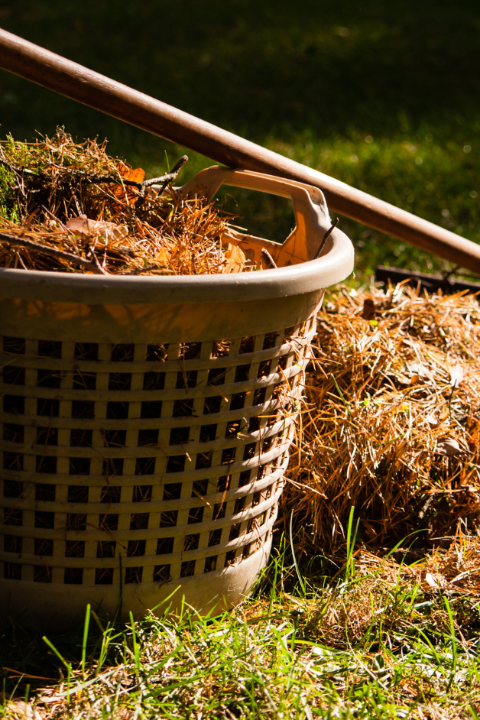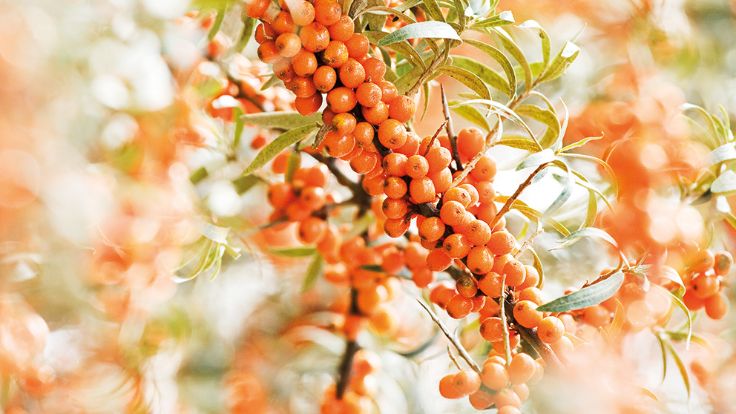
Family-Friendly Biodynamics - Summer
Summer Garden Ideas
A series of gardening tips with Katrina Wolff from Blue Borage
What can you do in the garden when it’s too hot to go outside?
If we suffer in the heat, how are the animals, plants and soil feeling?
In biodynamics, we think holistically about all of this in our garden, and if you’ve been following the autumn, winter and spring tips, then you’ll be well set-up for the hottest part of the year.
If we took the seasons and put them into the course of a day then autumn would be dusk, winter would be the middle of the night, spring the dawn, and summer would be the middle of the day. The end of summer is therefore a little like that energetic slump just after lunch, when it’s nice to do something really calm and quiet (or have a siesta)
Many of us spend a lot of the year yearning for summer, craving for more light, warmth, sun on our skin, walking in the garden with bare feet, and having oodles of flowers all around us.
But when the heat of summer hits, it can feel less than idyllic, right?
-
Heat so hot that we can only pop out to the garden for 5-10 minutes at a time, after which we need a big glass of water and a half hour rest.
-
Too much sun for some plants, resulting in things bolting or just giving up.
-
Soil too hard to dig, and there’s insufficient moisture in the soil to plant trees. Being the wrong time of year to plant trees and shrubs makes trips to the garden centre less rewarding (why do they tempt us with so many mature plants at this time of year?)
-
Weeds... so many weeds. They cause irritation to a lot of people, and yet, take them away and the soil is bare, so what’s the solution? (See the tips below.)
-
The poor worms, if a worm farm is located in direct sun, they may be baking.
-
Cracks in the ground where the soil has dried up.
So, despite craving for a chilled out summer relaxing in the sun, the reality is a season of gardening that brings unique challenges and just as many potential frustrations as other parts of the year.
I like thinking about being on a swing, and summer being like that point at the top of the swing, when you could jump off if you wanted to - it’s a moment of pause, sort of restful, and there’s not a lot of activity.
Summer gardening tips
-
Find the easiest time of day to tend your garden. 6am seems like a really antisocial time to be outdoors pottering with your plants, but it is the time when you can probably give all the energy you want, it’s beautifully cool, and the very best time to do any necessary watering. (Just avoid the noisy power tools or your neighbours might be unhappy.)
-
Likewise, evenings are good. 8pm weeding, anyone? Gardening till it gets too dark to see clearly is another great time to catch up on garden maintenance, and in terms of biodynamic rhythms, late afternoon/evening is the best time to plant your seedlings - water them in well, and give them a chance to settle into their new home under the stars before facing a full day of daytime heat. A health and safety reminder: don’t use sharp tools when you can’t see clearly.
-
Protect the soil with mulch. Just like we wear sunscreen to protect our human skin, we have to think about protecting the skin of the earth as well. In your garden this often looks like mulch or more plants.
Ideas for mulch:
- leaf mould
- compost
- bark
- arborist mulch
- coffee sacks
- raw wool. -
Protect the soil with plants. Every plant you squeeze into your garden is taking up a bit of space, but rather than think of every plant needing more and more water, flip it around to consider that every plant is preventing moisture evaporating off bare soil. Even if they aren’t edible crops, they are providing a valuable service. Lots of people love to hate kikuyu grass, but if you look at this plant closely, you’ll notice dew drops on the leaves in the morning, and generous protection of the soil through the day. Can you turn kikuyu into your best friend this season?
-
Plant for the season. Each and every fruit and vegetable has a time of year when it thrives. When you study this, you can plan your garden to embrace the heat of summer and produce delicious warm season food. If you don’t have time to study, then consider calling in a garden coach to provide customised advice. Garden coaches will typically help you get more plants into existing garden beds, create more overlapping harvests, advise on succession planting, help you decide which unproductive material to remove, and what to put in its place. With this all customised to your exact location, it’s simply not possible to expect this sort of help from your local garden centre staff, or from Google search engines or new AI tools.
Consider also that with weather patterns changing, there may be fruit trees you can grow in your area that are not traditional choices for local gardeners. How would you like a food forest outside your kitchen door, or in your community as a shared resource? -
Watering. Can you teach your plants to be mostly independent? Give them the chance to develop deep root systems and you’ll be surprised at how little extra water they will need. The biodynamic preparations help develop deep root systems, and if you haven’t yet experienced the hour long horn manure (BD500) stirring, then try to find a local biodynamic gardener and ask them to invite you next time they stir, it’s often done in autumn and spring.
-
Worm farm care: make sure your worms aren’t overheating. Relocate to a shaded area, or consider transitioning into an in-ground worm system instead. Underground is cooler in summer and warmer in winter, and a far more natural environment for these soil makers.
Here at Weleda we do our best to protect the earth, and we’d love to help you do the same, wherever you're gardening. For almost 100 years biodynamic gardening has been the best kept secret in the gardening industry, but with the compounding challenges of soil degradation, the high cost of organic food and climate challenges, we need more people to understand how simple it can be to grow delicious food and beautiful flowers naturally.













